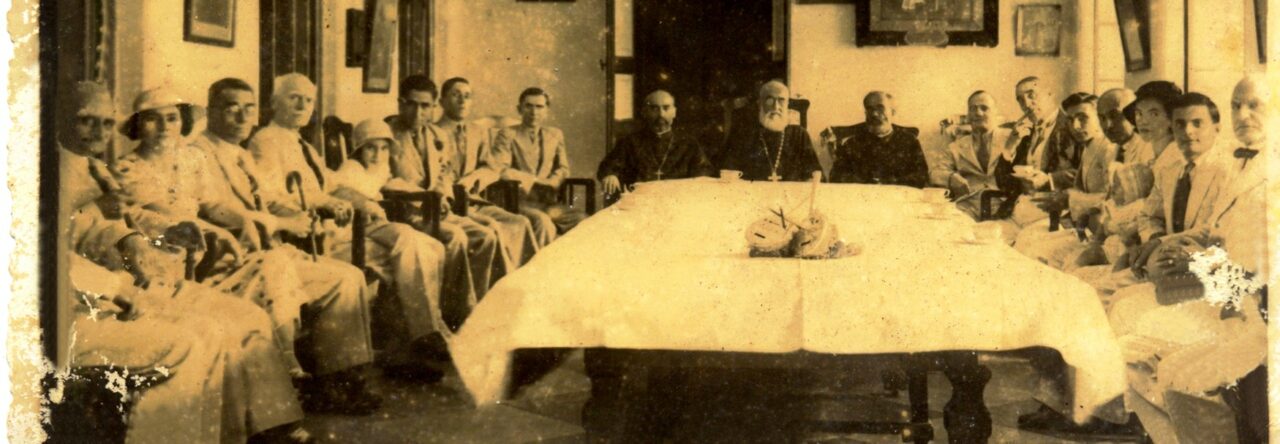The Armenians settle in Agra during the 17th and 18th centuries when there was a large number of them who traded in precious stones, silks and spices. However, Mesrovb Seth wote in 1895: “…….Akbar the Great adopted the youthful and promising son of a Mr. Jacob, an Armenian merchant, whom he had met at Kashmere. This singular adoption was made several years before Jehangeer (Akbar’s son) was born, whose birth in 1570 he attributed to the advent of the Armenians into Agra and their erection, in 1562, of an (Armenian) Christian church there at the express wish of their royal patron.”
An Armenian Church having being built in Agra in 1562 meant there must have been a least one Armenian priest in spiritual charge of the colony from that time onward.
Agra was the capital of the then Moghul Empire. The Armenians gained favour with Akbar, the Moghul Emperor, who was tolerant and granted them freedom of religion, language and trade. Hence the Armenians prospered there til towards the end of the 18th century. When the city’s commercial importance began to decline, the Armenians gradually moved from Agra to Bombay where the Armenians had already formed a commercial colony during the second part of the 17th century.
No less than seven Armenian priests are known to have worked in Agra during the lifetime of Zu’lqarnain and later, while the Jesuits were also at work in the same area. The Armenian priests were
| 1614 | Rev. Asatoor |
| 1616 | Rev. Mekhithar |
| 1630 | Rev. Sookias |
| 1656 | Rev. Zacharia |
| 1668 | Rev. Johanness |
| 1671 | Rev. Bagdassar |
| 1776 | Rev. Arrathoon |

Taj Mahal 1790-1810
Agra is synonymous with the Taj Mahal, when one thinks of Agra ones mind is drawn to the beautiful Taj; built as a tribute to a wife by her loving husband.
